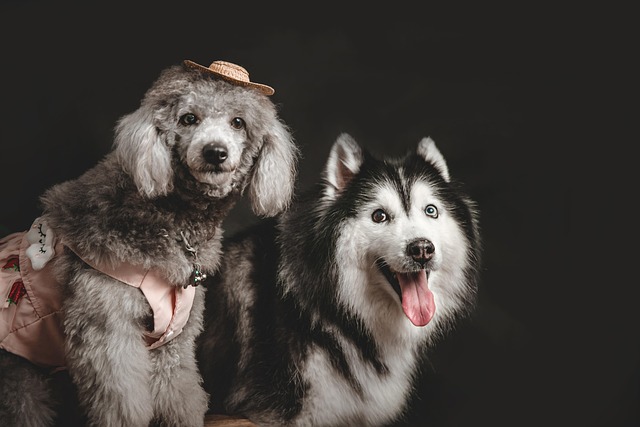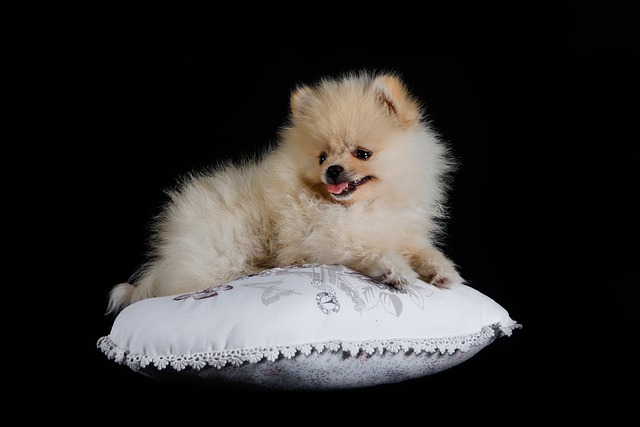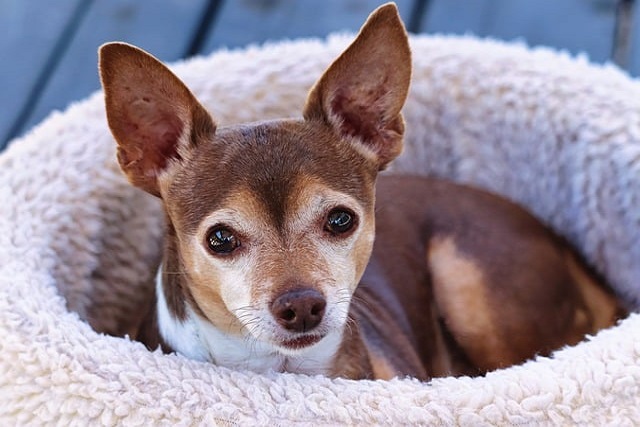
What is the best type of training for a dog?
There’s no one-size-fits-all answer to what makes the best dog training, but most experts agree that methods built on positive reinforcement tend to yield the most lasting results.
There’s nothing quite like the gut-wrenching panic when your Shiba Inu’s fluffy form takes off into the distance. Their wild spirit and lightning-fast reflexes can turn a casual stroll into a heart-pounding chase, but don’t worry—with a little creativity and a lot of consistency, you can transform your escape artist into a reliable sidekick.
Shiba Inus aren’t being stubborn just for the fun of it. Their hunting heritage makes them wired to chase anything that moves, from fluttering leaves to scurrying chipmunks. And that independent streak? It’s a double-edged sword that can make training feel like a battle of wills. But remember, letting your dog roam unleashed in public violates leash laws in most areas, putting both your pet and others at risk.
Start by building a rock-solid recall. Grab your dog’s favorite high-value treats—think tiny bits of bacon or cheese cubes—and find a quiet room. Call your Shiba’s name in an excited voice, then say “come.” When they trot over, shower them with praise and a treat. Repeat this drill dozens of times a day, gradually adding distractions like squeaky toys or gentle taps on the floor.
 Leash training is non-negotiable. Opt for a no-pull harness that wraps around your dog’s chest instead of choking their neck. Begin with short walks around the block, rewarding calm behavior with treats and scratches behind the ears. If they start tugging towards a squirrel, stop dead in your tracks. Wait patiently until they relax, then continue—eventually, they’ll learn pulling means the fun stops.
Leash training is non-negotiable. Opt for a no-pull harness that wraps around your dog’s chest instead of choking their neck. Begin with short walks around the block, rewarding calm behavior with treats and scratches behind the ears. If they start tugging towards a squirrel, stop dead in your tracks. Wait patiently until they relax, then continue—eventually, they’ll learn pulling means the fun stops.
Dreaming of off-leash adventures? Save them for secure, legal spaces like fenced dog parks or private yards. Even then, start with a long 30-foot training leash so you can reel them in if needed. As their recall improves, gradually shorten the leash, but always carry a standard leash with you—public spaces usually require dogs to be leashed, and ignoring this rule can lead to hefty fines.
Crate training can be a game-changer. Turn their crate into a cozy haven with a soft blanket, a stuffed Kong toy, and a t-shirt that smells like you. Feed them meals inside the crate, leaving the door open at first. Gradually close the door for short periods, rewarding them with treats when they stay calm. A dog that feels safe in their crate is less likely to bolt when the front door swings open.
Family-wide consistency is crucial. Make sure everyone uses the same commands and rewards. Skip the scolding if they ignore you—negative reactions can make them wary of coming back. Instead, celebrate every small victory, whether it’s responding to “come” on the first try or walking calmly past a tempting scent.
Don’t forget the safety net. Microchip your Shiba as soon as possible and keep their collar tags updated with your current number. Even the most well-trained dogs can have moments of weakness. These precautions are your insurance policy for a happy reunion if the unexpected happens. With time, patience, and a respect for local laws, you’ll be enjoying stress-free walks with your trusty Shiba by your side.

There’s no one-size-fits-all answer to what makes the best dog training, but most experts agree that methods built on positive reinforcement tend to yield the most lasting results.

Welcoming an 8-week-old puppy into your home is a joy filled with wiggly tails and endless curiosity. One of the first steps in building a strong bond is teaching them their name.

If you’ve ever sat up at night, listening to your gray-muzzled dog pace back and forth, stopping to whine or stare at a wall, you know the worry that comes with a restless senior pup.

Training a service dog starts long before they’re ready to assist with specific tasks—their journey begins with building a foundation of trust, focus, and adaptability, and the timing of this training matters more than you might think.

Watching a tiny puppy fumble through their first attempts to sit can feel like watching a little acrobat mastering a new trick.

If you’ve ever found your flower bed dug up or your favorite shrub chewed to bits, you’ve probably searched for easy ways to keep neighborhood dogs (or even your own) out of your yard.